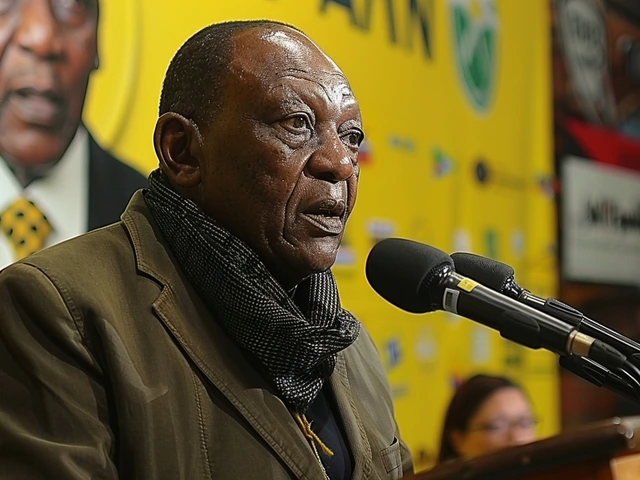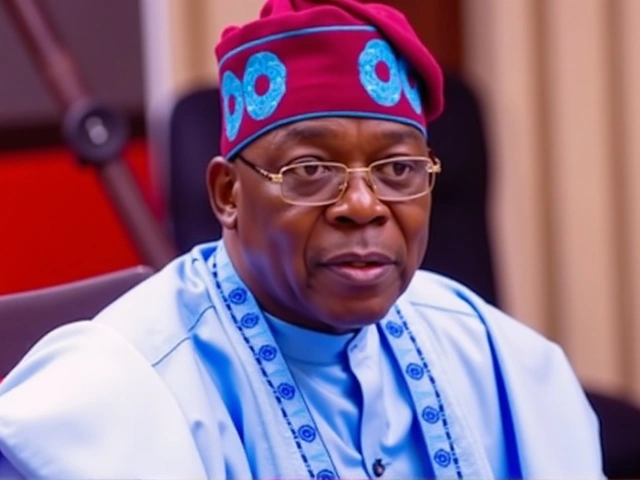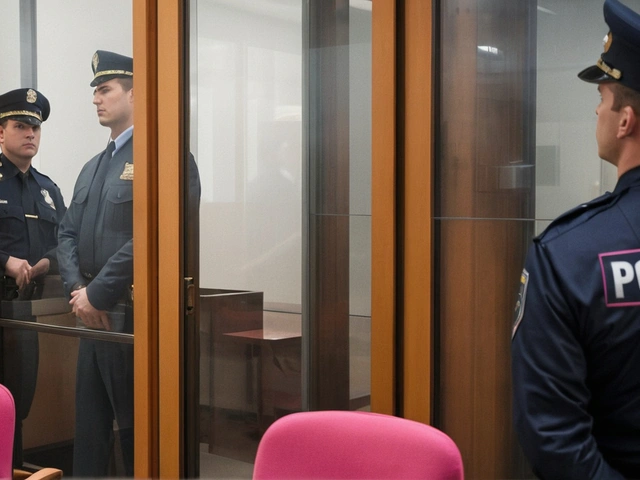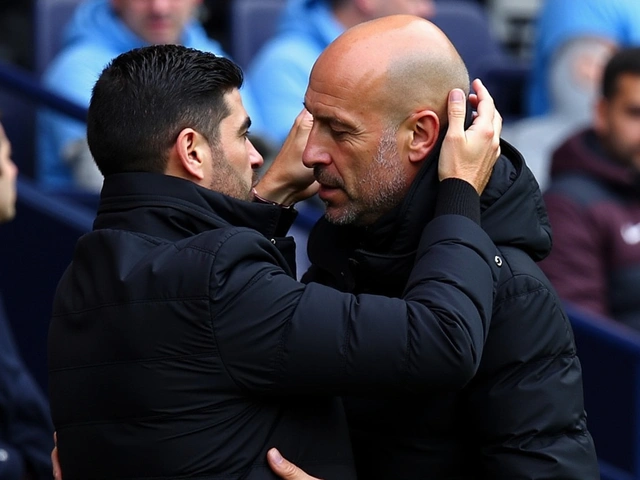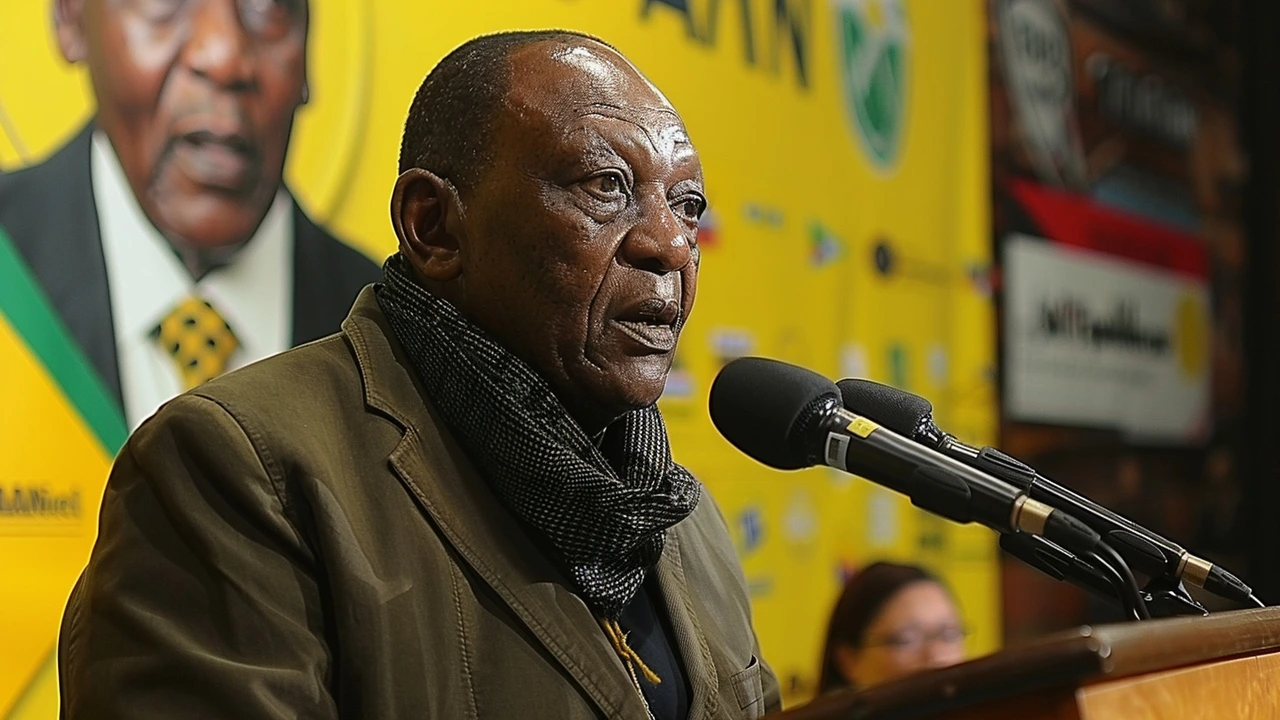
Cyril Ramaphosa Invites Political Rivals into Cabinet to Form Unified Government
Introduction: A Historical Move for South African Politics
In a bold and historic move, President Cyril Ramaphosa has made a call that many did not see coming. He has extended an olive branch to his political opponents, inviting them to join him in forming a Government of National Unity (GNU). This decision recalls the famous inclusive governance model adopted by former President Nelson Mandela in 1994. Just as Mandela worked across party lines to forge a new democratic South Africa, Ramaphosa seeks to unite a divided nation by bringing opposition leaders into his cabinet.
Echoing Mandela's Inclusive Approach
Nelson Mandela set a significant precedent when he became South Africa's first black president. In a bid to bring about healing and unity, Mandela appointed FW de Klerk, a former president from the National Party, as his deputy. He didn't stop there; a total of 10 ministers from the National Party, as well as members from the Inkatha Freedom Party (IFP), were included in his cabinet. This strategic move was central to Mandela's vision of a united South Africa – a nation where diverse political factions could work together towards a common future.
Ramaphosa's Vision of Unity and Collaboration
Fast forward to the present day, and President Cyril Ramaphosa is channeling this same spirit of inclusivity. After a period of intense political strife and economic challenges, Ramaphosa has called upon leaders from the Democratic Alliance (DA), Economic Freedom Fighters (EFF), Inkatha Freedom Party (IFP), and smaller political entities to join a national government. His approach is not just symbolic, but a practical step to address the country's pressing issues such as economic instability, corruption, and social inequality. By fostering collaboration among these varied parties, Ramaphosa aims to create a more resilient and inclusive governance structure.
The Broader Implications for South Africa
Inviting political foes into the cabinet is not just about smoothing over old rivalries; it has profound implications for South Africa's future. The move aims to build trust among the country's diverse political landscape, demonstrating that despite ideological differences, it is possible to work together for the nation’s greater good. This unity is crucial for tackling South Africa's myriad challenges, including poverty, unemployment, and the ongoing struggle against corruption.
Challenges and Skepticism
While the idea of a Government of National Unity is laudable, it is not without its challenges. Critics argue that bringing together such diverse and often oppositional ideologies could lead to gridlock and inefficiencies. There are concerns about whether these political parties, with their distinct platforms and priorities, can genuinely collaborate without compromising their core values. However, Ramaphosa’s supporters argue that the stakes are too high to not try. The country's well-being and progress may depend on this unprecedented collaboration.
Potential Benefits of a Unified Government
On the other hand, the potential benefits are significant. A unified government could harness a wider range of perspectives and expertise, driving more comprehensive solutions to South Africa’s issues. Additionally, this collaboration could enhance political stability, which is often a precursor to economic growth and improved social conditions. Citizens may also feel more represented and heard when they see leaders from various parties working together.
Historical Context and Future Prospects
The historical context makes this move even more poignant. Mandela’s inclusive strategy in 1994 was instrumental in navigating the early years of South Africa’s democracy. By invoking this legacy, Ramaphosa sends a powerful message: unity and cooperation are not just desirable but essential for the nation’s future. If successful, this Government of National Unity could set a new standard for political collaboration in South Africa and potentially inspire other nations grappling with deep political divides.
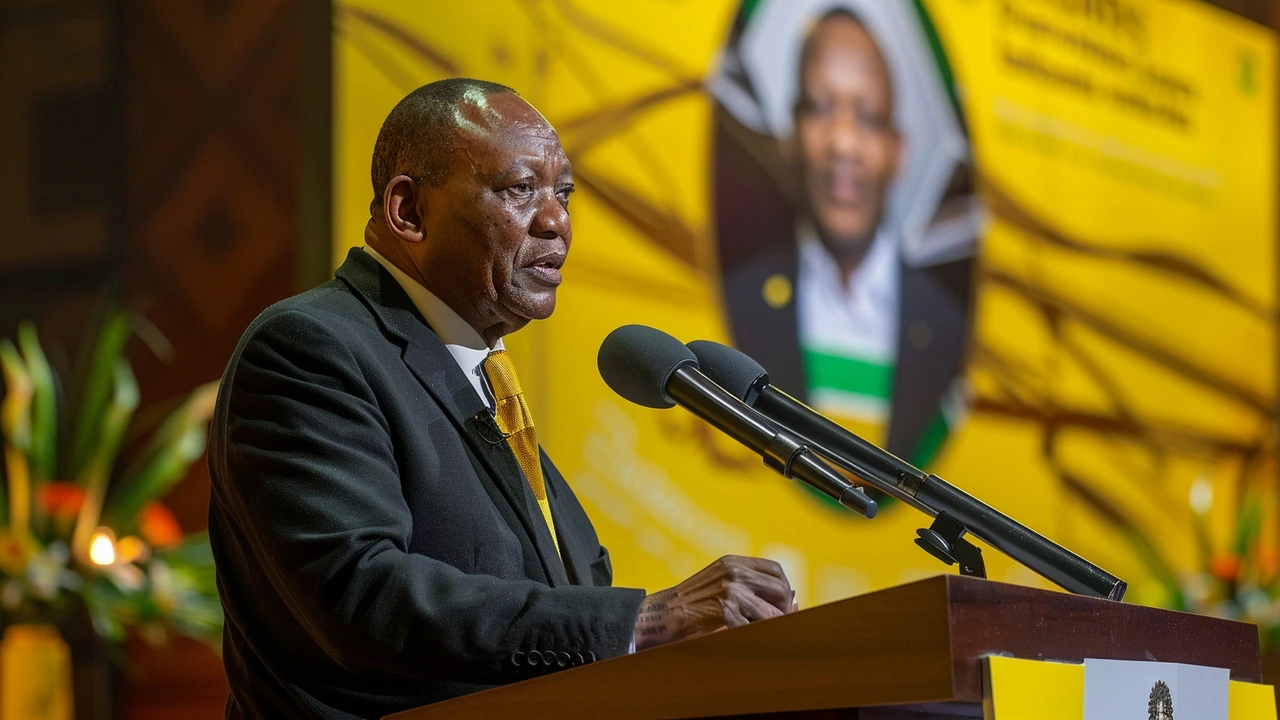
Conclusion
In closing, President Cyril Ramaphosa’s invitation to political opponents marks a brave and historic attempt to forge unity in a fragmented political landscape. By drawing inspiration from Nelson Mandela’s legacy, Ramaphosa aims to not only address South Africa's pressing challenges but also to heal and unite the nation. While the path to a Government of National Unity is fraught with potential difficulties, the promise of a more resilient and cooperative nation may well be worth the efforts. This move is a significant step towards a collective future, echoing Mandela’s enduring vision of a unified South Africa.

